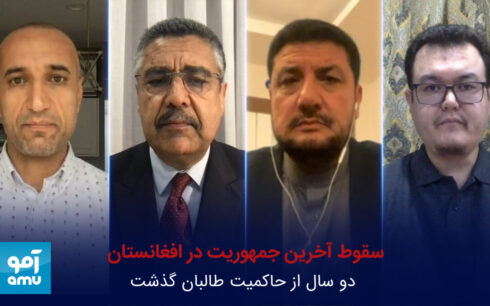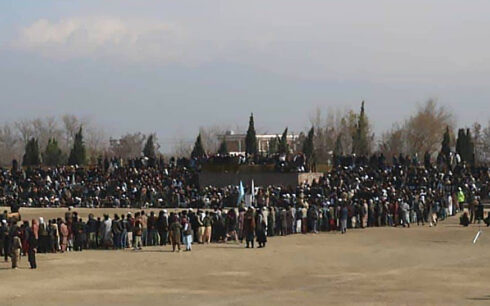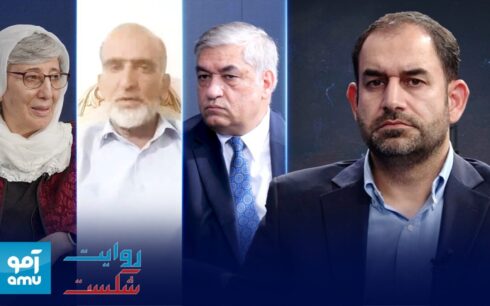On August 1, 2023, we reflect on the first day of a momentous two-week period that eventually led to the fall of the Republic government on August 15, 2021.
During this timeframe, a series of pivotal events unfolded, interconnected with the eventual fall of Kabul, as we recount incidents from the withdrawal of US forces from key bases in April until the beginning of August 2021.
As August 2021 commenced, the Taliban held control over 197 districts, while intense conflicts raged on the outskirts of Herat, Kandahar, Lashkargah, and Taluqan in western, northern, and southern Afghanistan. These clashes involved former security force members and the Taliban, as documented by Amu findings.
A significant turning point occurred 27 days before August 1, 2021, when the United States withdrew its troops from Bagram Airfield, the largest military base of the international coalition in Afghanistan. This withdrawal marked the beginning of a gradual loss of districts to the Taliban from the former Afghanistan security and defense forces.
As the US forces initiated their gradual withdrawal from Afghanistan on April 14, the data revealed that 184 districts had fallen to the Taliban by August 1.
“Several actions should have been taken by Mr. Ghani and his team, which unfortunately did not take place. First, Mr. Ghani agreed to step down from power with the coordination of the international community and the Taliban to reach an agreement on the mechanism for the future of Afghanistan. Second, the creation of defense belts around the centers of the provinces in coordination with the forces that came to the provinces from the majority of the districts of the provinces,” stated Mir Haider Afzali, a former member of the Internal Security Commission of Afghanistan’s parliament under the previous government.
Amidst the ongoing conflict, intra-Afghan talks that commenced on September 2, 2020, in Doha continued, following the Doha agreement between the Taliban and the United States of America, signed on February 29, 2020. However, the capacity of this agreement to ensure peace in Afghanistan remained questioned.
“The Doha Agreement, even in the best of public terms, did not have the capacity to create peace in Afghanistan, and the fact that the negotiations between the Taliban delegation and the Republic came to a conclusion was one of the important reasons for this. The Taliban did not negotiate for peace, but for the withdrawal of America and then for military victory,” explained Rasul Talib, a member of the negotiating team of the previous government.
Journalist Nader Ashkan, who covered the opening of inter-Afghan talks in Doha, witnessed firsthand the significant divides between the two sides, leading to a lack of understanding and agreement on major issues.
Aside from concerns surrounding the fall of several districts to the Taliban, the fragile political and security situation of the EU representative in Kabul raised apprehensions. Thomas Niklasson, the head of the European Union mission in Kabul, issued a warning to the Taliban in an interview with the media on August 1, urging them to abandon the idea of military victory.
Niklasson stated that the process of the Taliban coming to power is more complex than perceived by some. He emphasized that if the Taliban were to seize power through military means, the European Union would not recognize them.
On August 1, based on Amu findings, former president Ashraf Ghani removed Wali Ahmadzai from his post as the army chief. However, the announcement was delayed because Ahmadzai’s successor, Hebatullah Alizai, the commander of the army’s special forces, was in Lashkargah city in Helmand, leading efforts to combat the Taliban.
Amidst the prevailing sense of hopelessness, a glimmer of hope emerged on August 1 when no district fell to the Taliban on that day.





